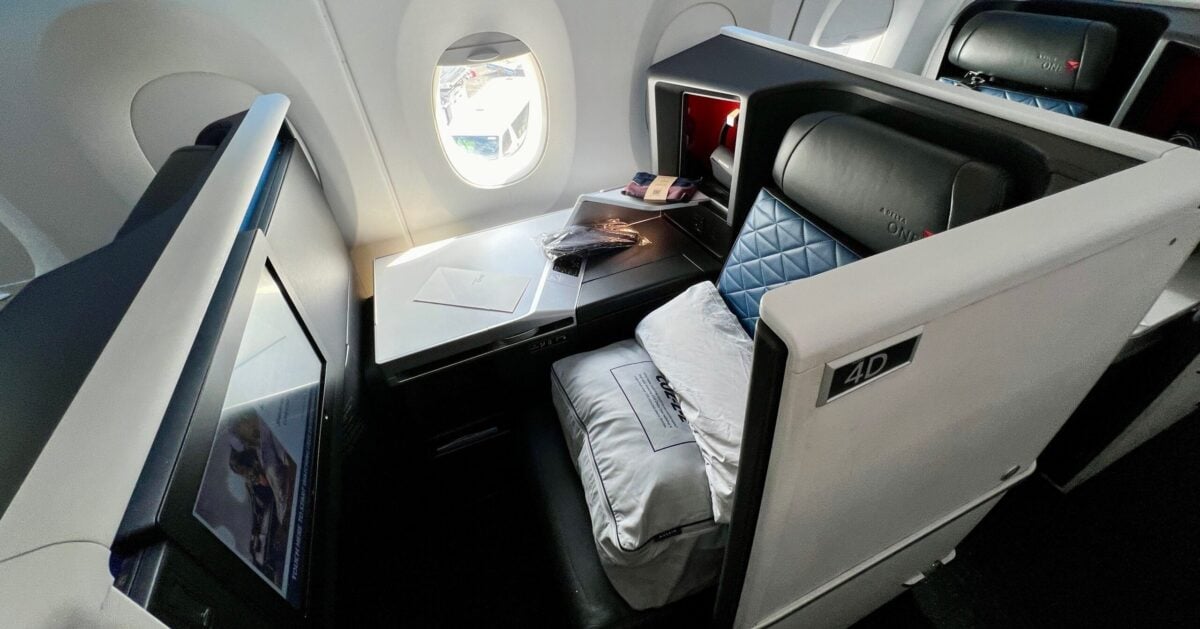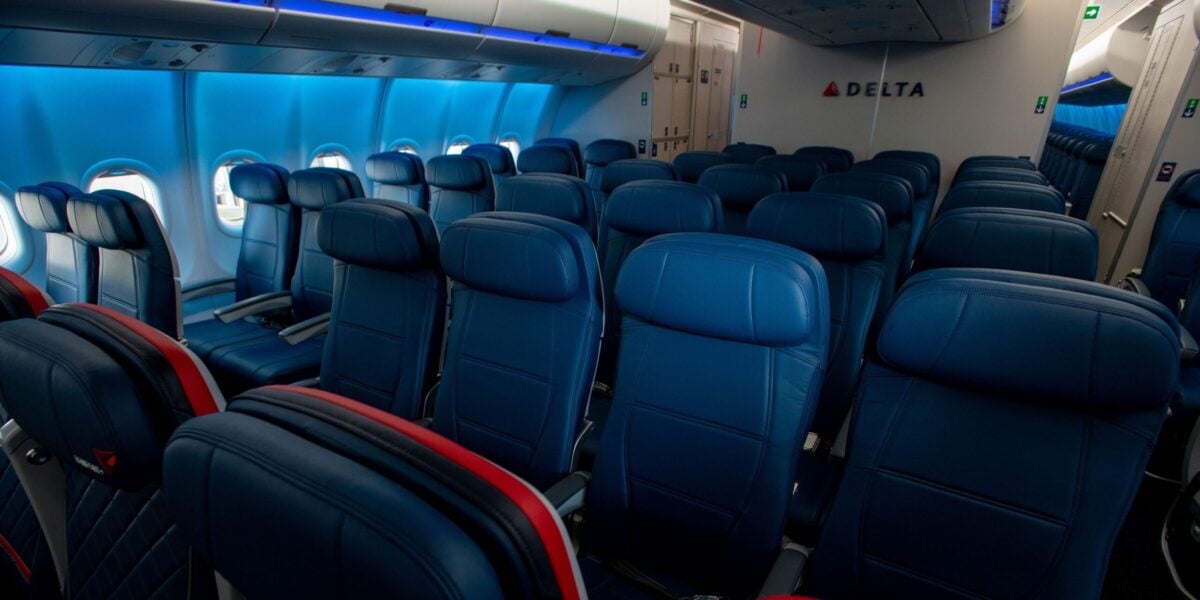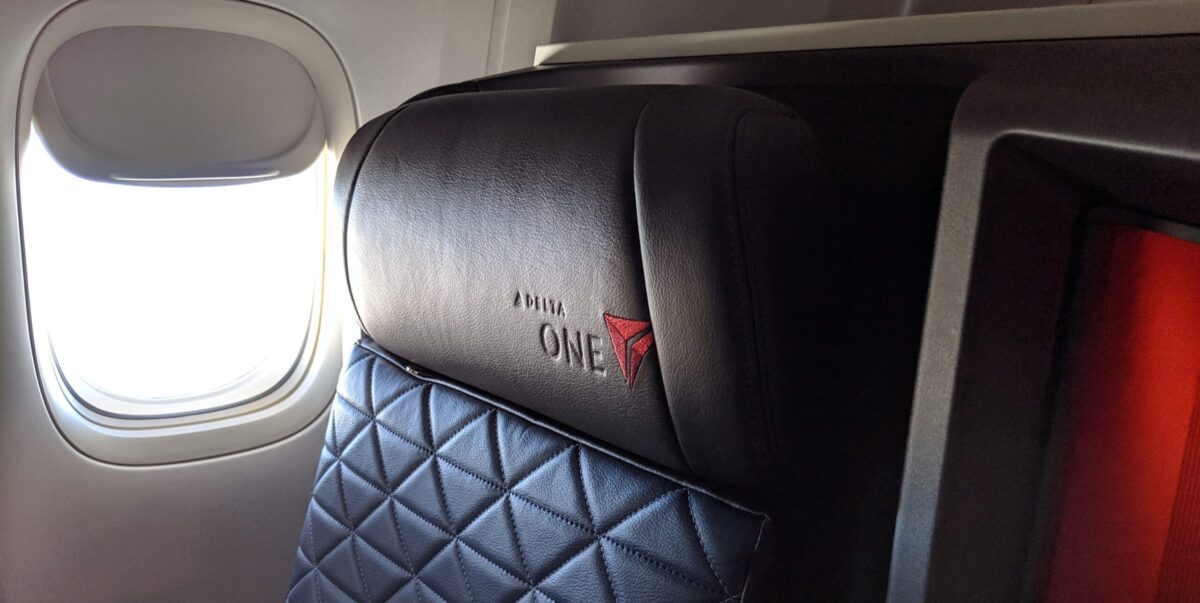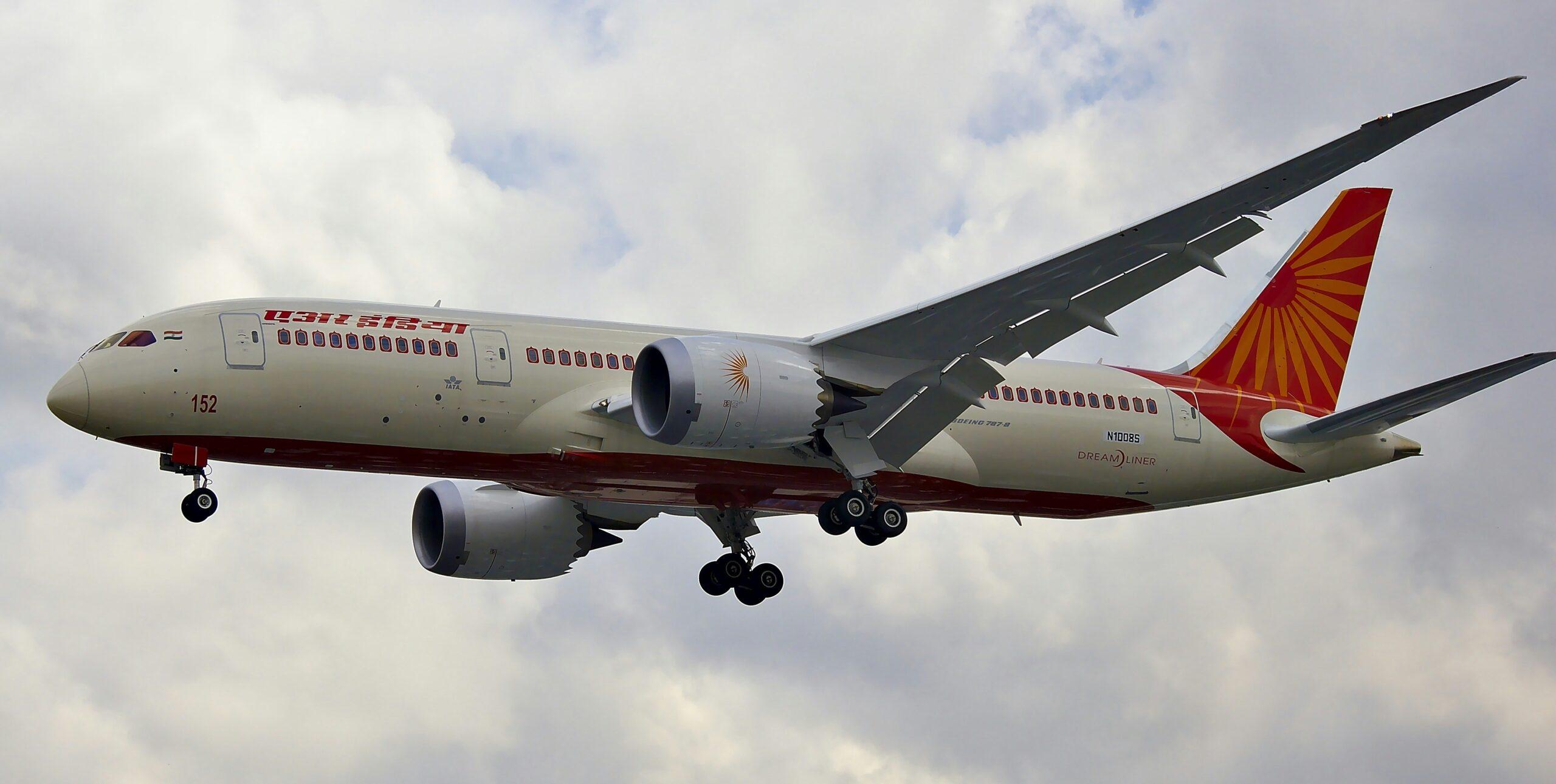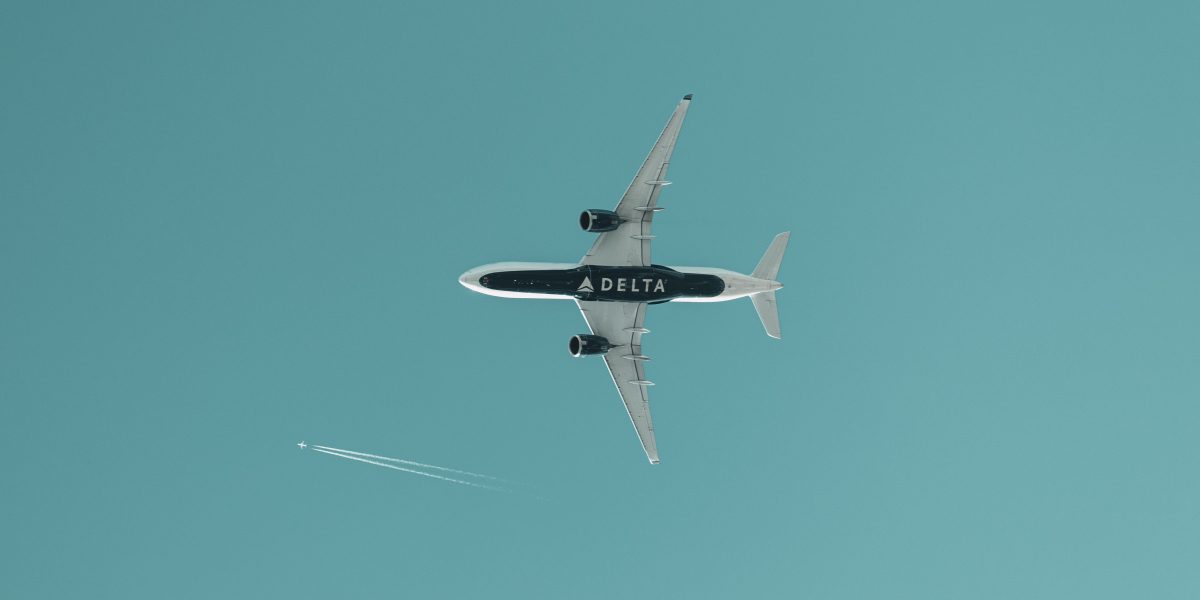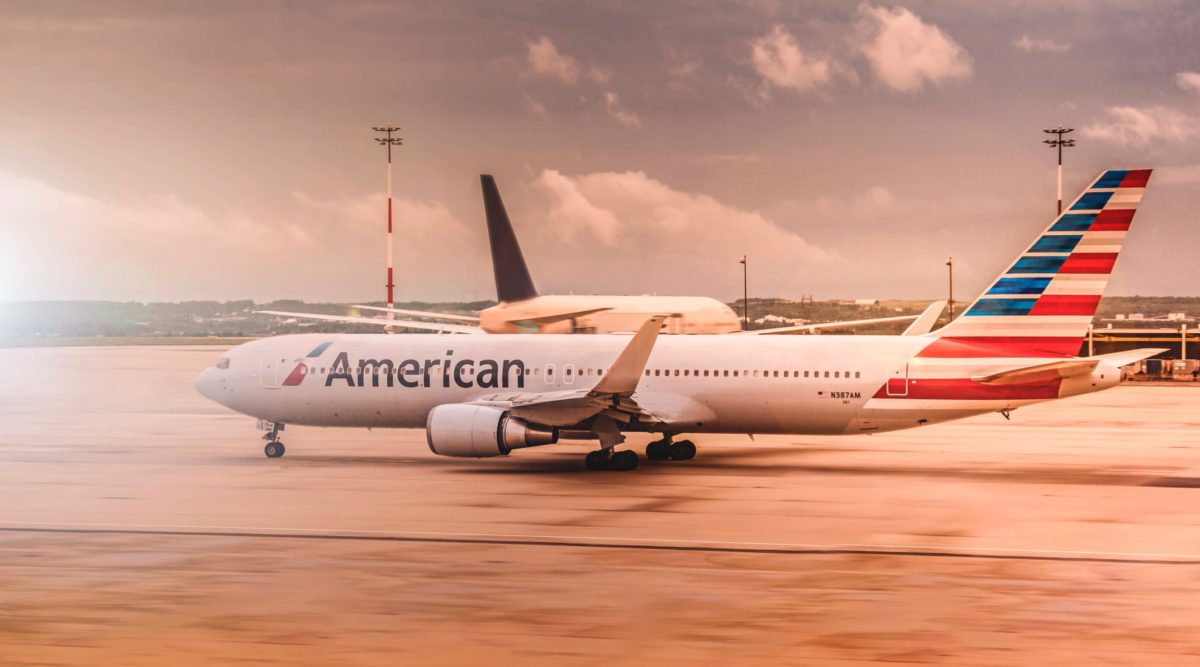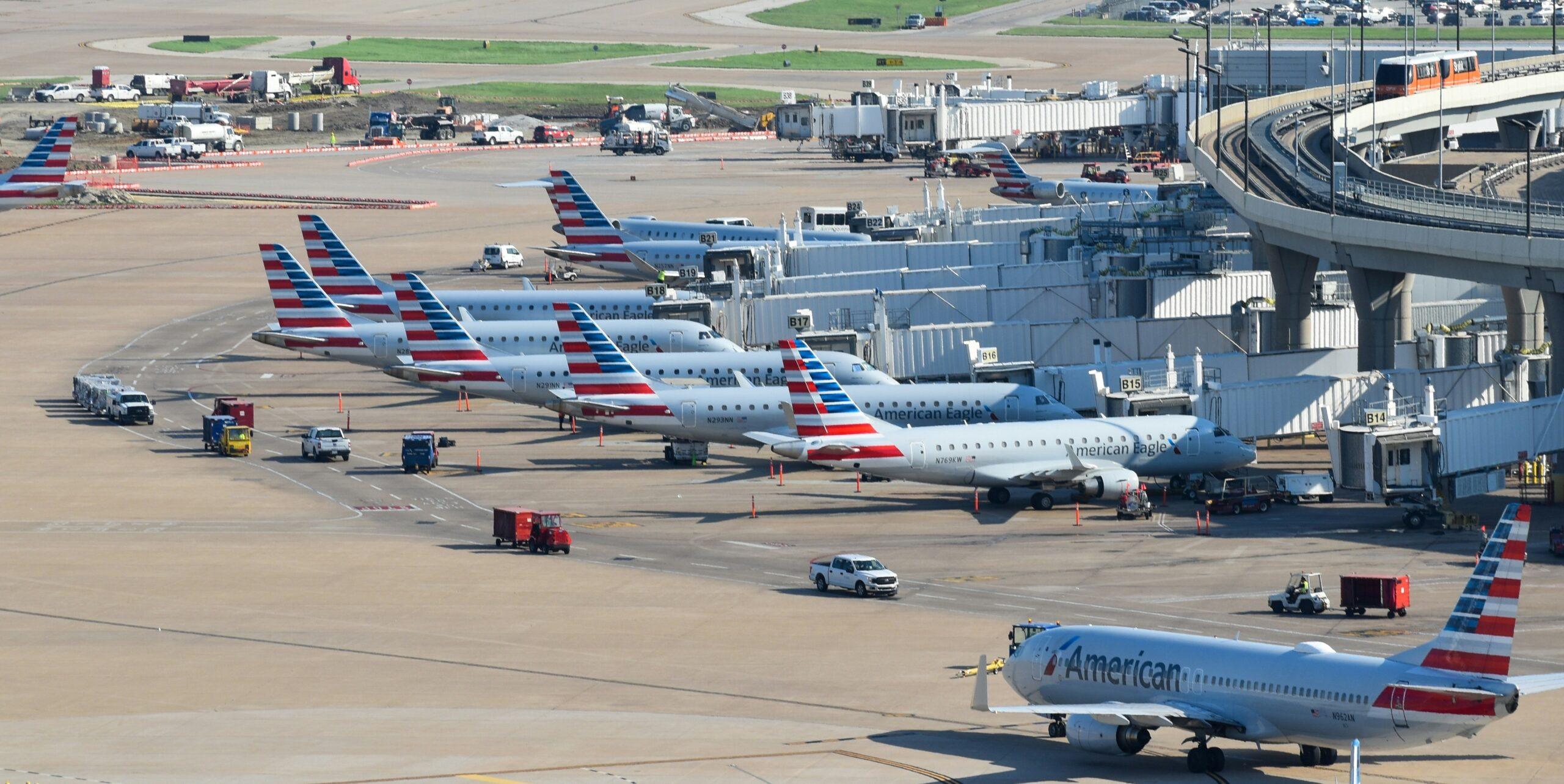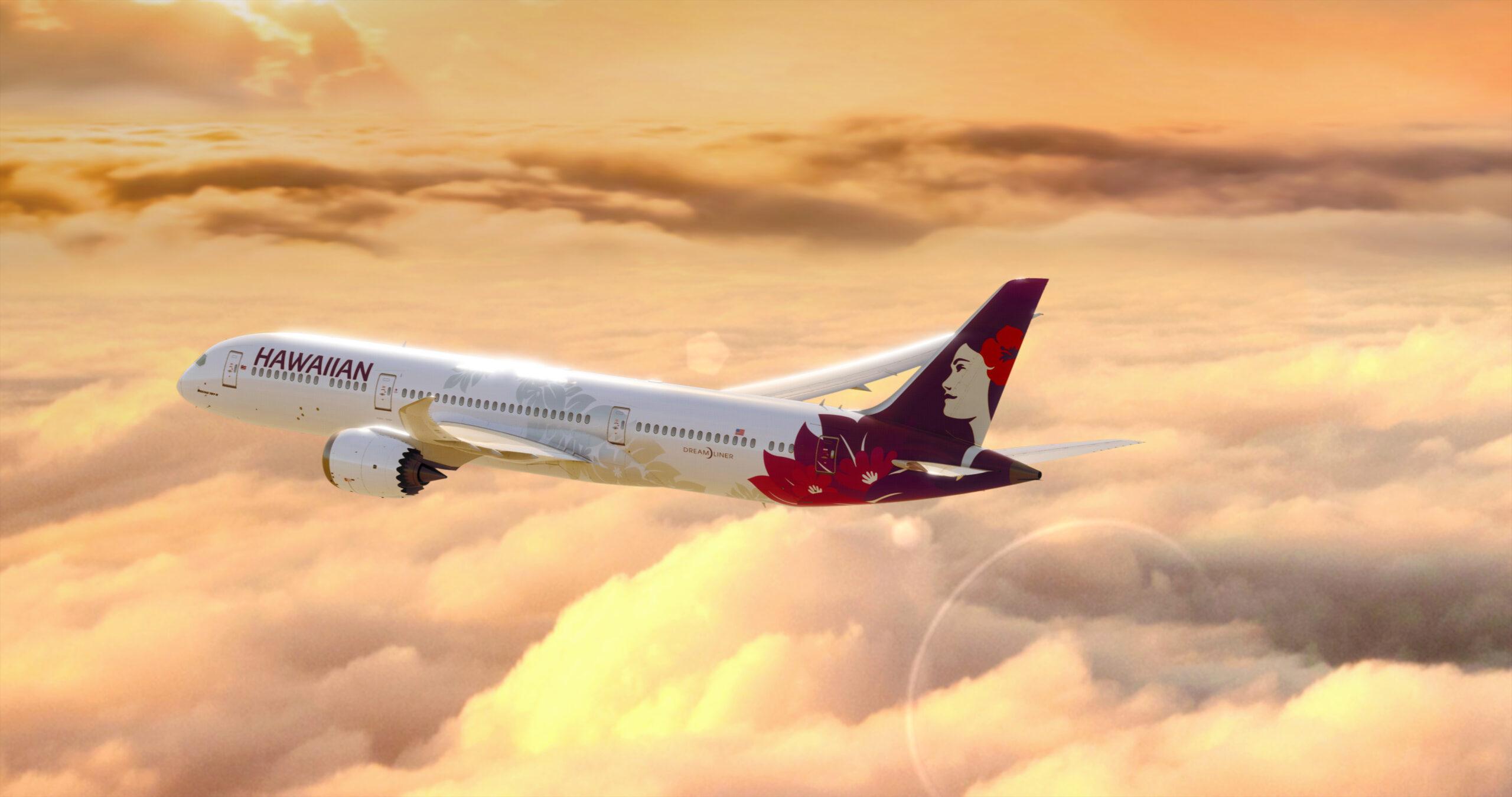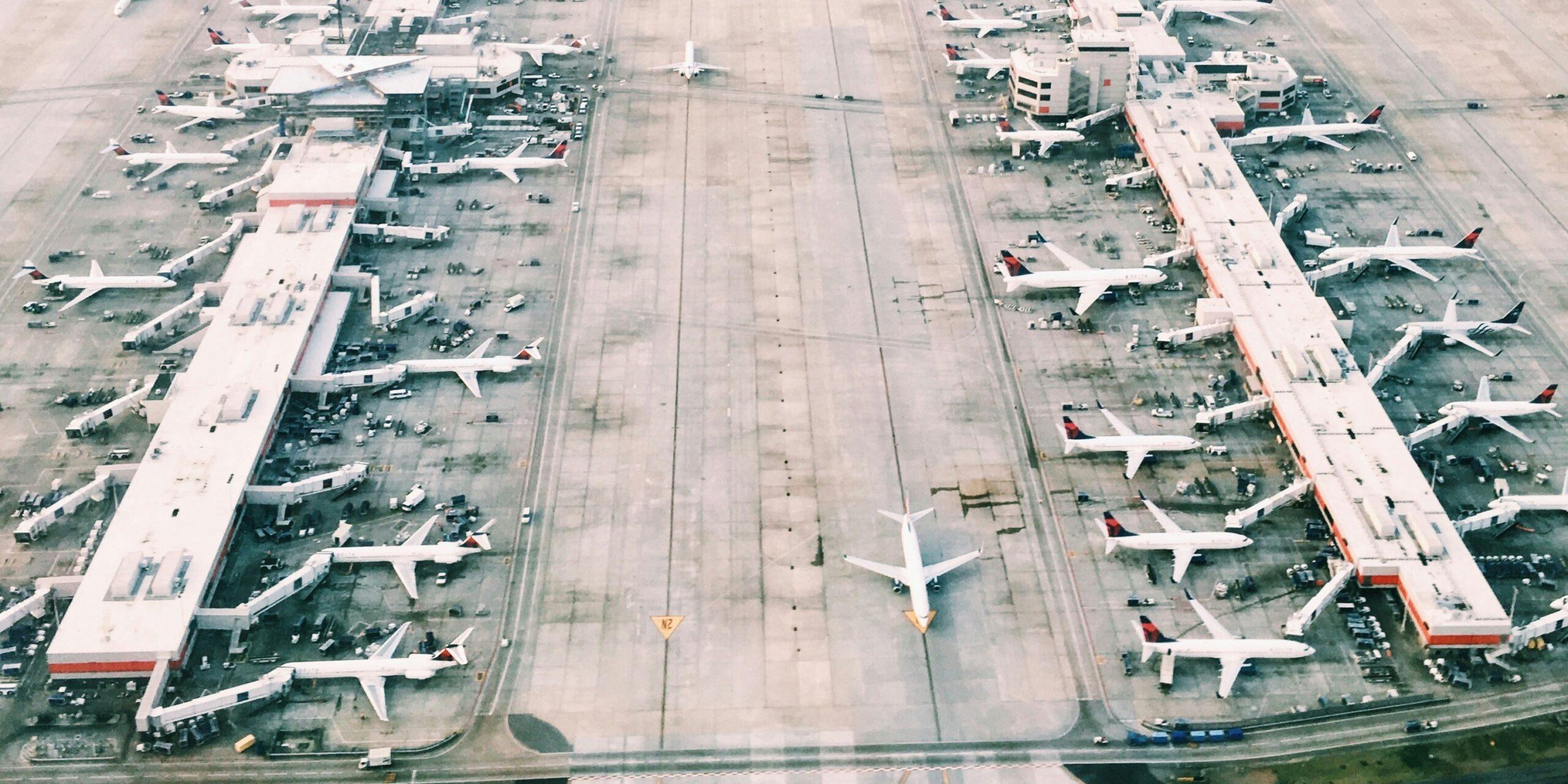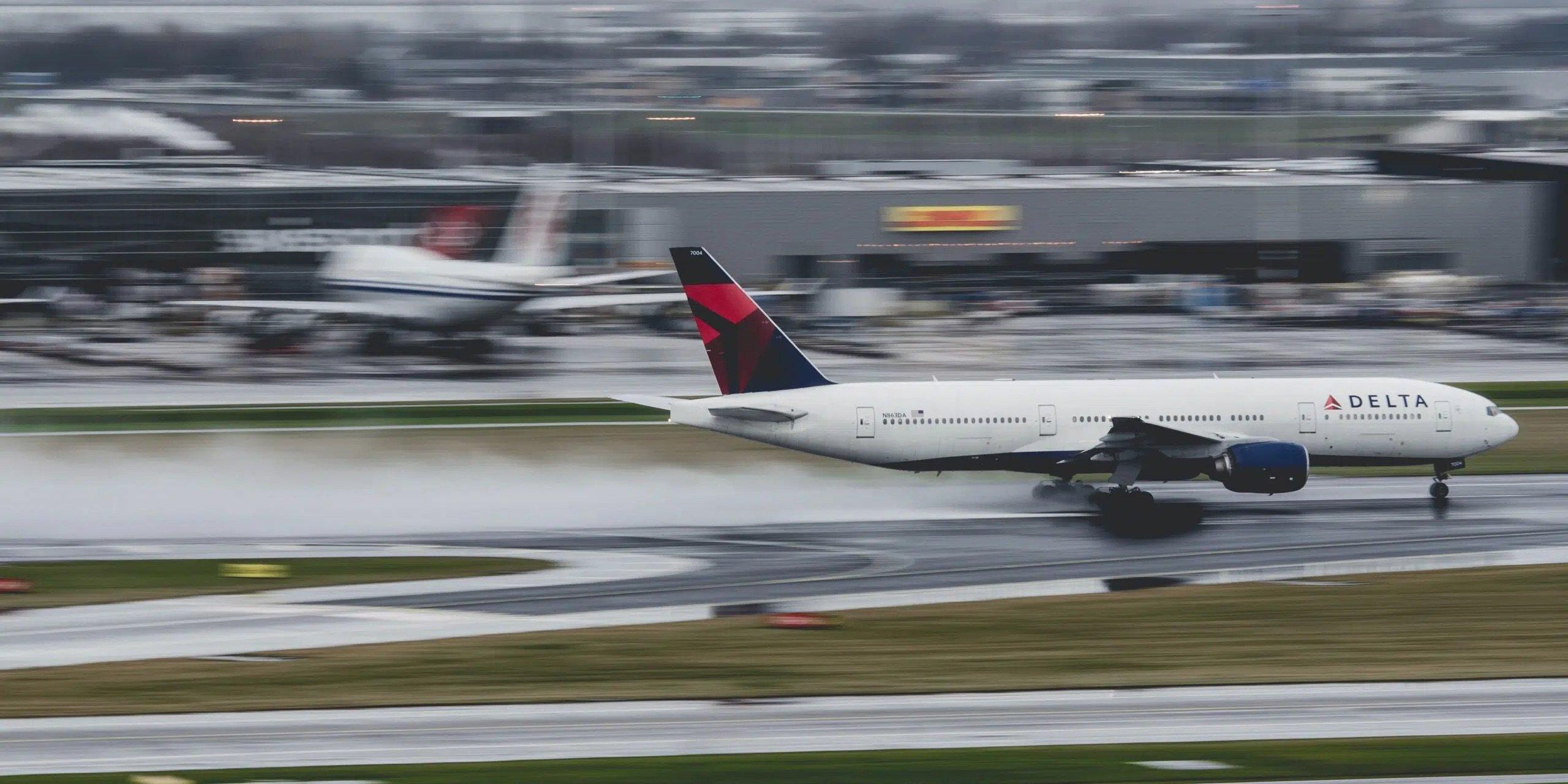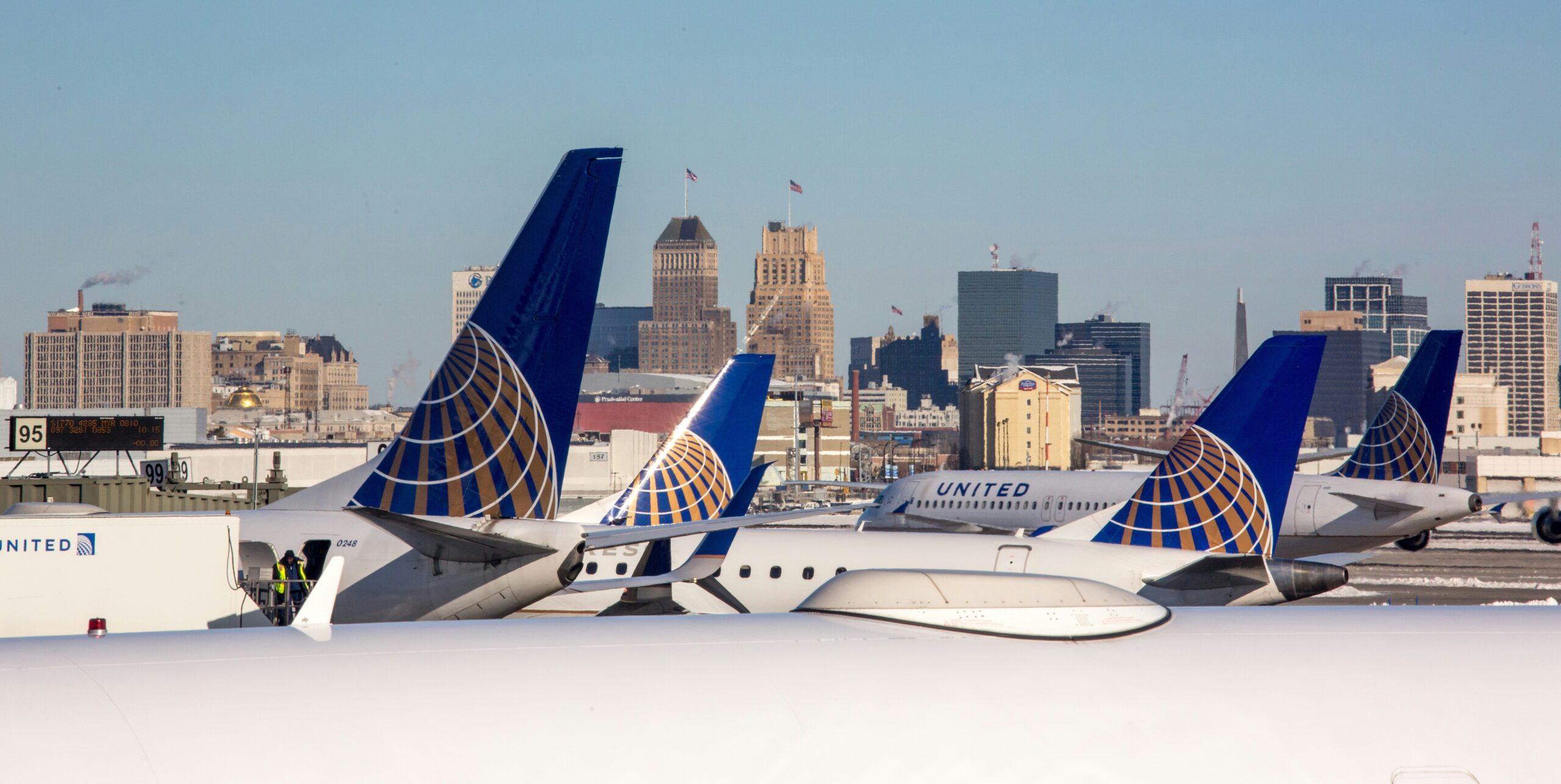
Delta is Using AI to Price Flights, and It Could Change Airfare Forever
Delta Air Lines is officially betting on artificial intelligence to price its flights - and not just in a small way. By the end of the year, the Atlanta-based airline plans to use AI-powered pricing to set fares on up to 20% of its domestic routes, a major expansion from where things stand today. Delta first revealed late last year that it was testing AI-driven pricing on a small scale using techn...


